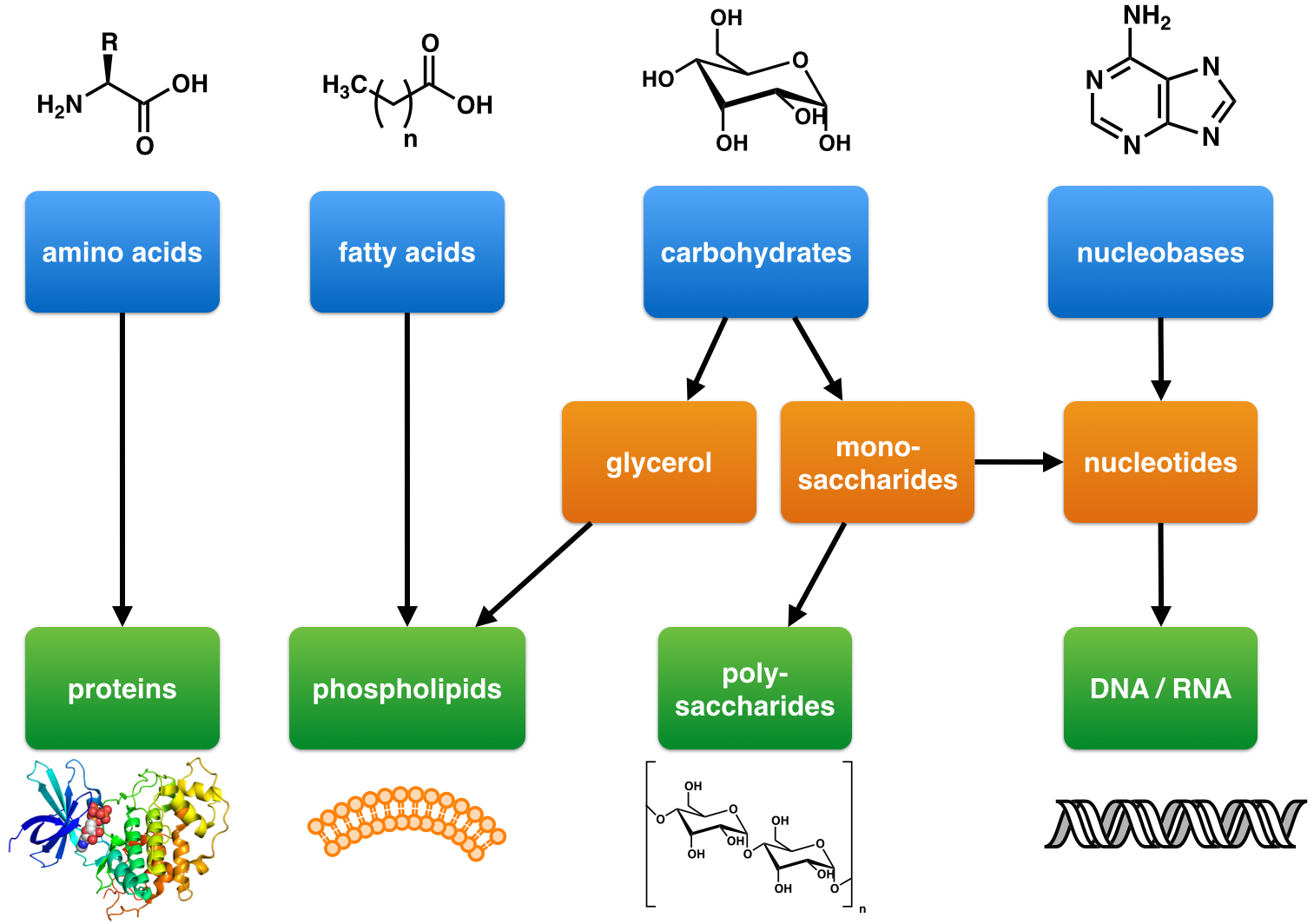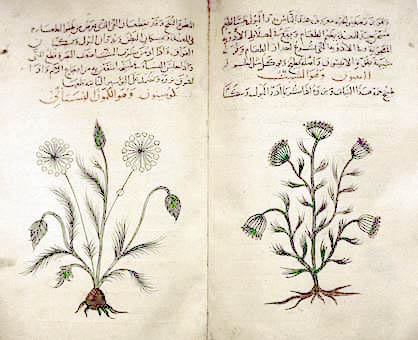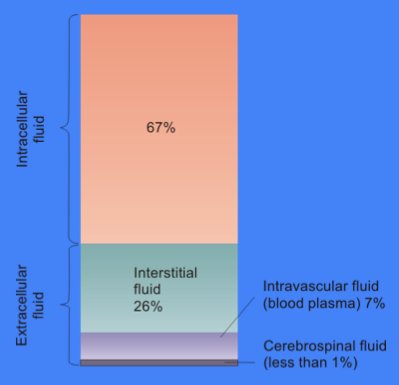|
Natural Product
A natural product is a natural compound or substance produced by a living organism—that is, found in nature. In the broadest sense, natural products include any substance produced by life. Natural products can also be prepared by chemical synthesis (both semisynthesis and total synthesis) and have played a central role in the development of the field of organic chemistry by providing challenging synthetic targets. The term natural product has also been extended for commercial purposes to refer to cosmetics, dietary supplements, and foods produced from natural sources without added artificial ingredients. Within the field of organic chemistry, the definition of natural products is usually restricted to organic compounds isolated from natural sources that are produced by the pathways of primary or secondary metabolism. Within the field of medicinal chemistry, the definition is often further restricted to secondary metabolites. Secondary metabolites (or specialized metabo ... [...More Info...] [...Related Items...] OR: [Wikipedia] [Google] [Baidu] |
Drug Discovery
In the fields of medicine, biotechnology and pharmacology, drug discovery is the process by which new candidate medications are discovered. Historically, drugs were discovered by identifying the active ingredient from traditional remedies or by serendipitous discovery, as with penicillin. More recently, chemical libraries of synthetic small molecules, natural products or extracts were screened in intact cells or whole organisms to identify substances that had a desirable therapeutic effect in a process known as classical pharmacology. After sequencing of the human genome allowed rapid cloning and synthesis of large quantities of purified proteins, it has become common practice to use high throughput screening of large compounds libraries against isolated biological targets which are hypothesized to be disease-modifying in a process known as reverse pharmacology. Hits from these screens are then tested in cells and then in animals for efficacy. Modern drug discovery i ... [...More Info...] [...Related Items...] OR: [Wikipedia] [Google] [Baidu] |
Anticancer Drug
Chemotherapy (often abbreviated to chemo and sometimes CTX or CTx) is a type of cancer treatment that uses one or more anti-cancer drugs (chemotherapeutic agents or alkylating agents) as part of a standardized chemotherapy regimen. Chemotherapy may be given with a curative intent (which almost always involves combinations of drugs) or it may aim to prolong life or to reduce symptoms (palliative chemotherapy). Chemotherapy is one of the major categories of the medical discipline specifically devoted to pharmacotherapy for cancer, which is called ''medical oncology''. The term ''chemotherapy'' has come to connote non-specific usage of intracellular poisons to inhibit mitosis (cell division) or induce DNA damage, which is why inhibition of DNA repair can augment chemotherapy. The connotation of the word chemotherapy excludes more selective agents that block extracellular signals (signal transduction). The development of therapies with specific molecular or genetic targets, whi ... [...More Info...] [...Related Items...] OR: [Wikipedia] [Google] [Baidu] |
Lead Compound
A lead compound (, i.e. a "leading" compound, not to be confused with various compounds of the metallic element lead) in drug discovery is a chemical compound that has pharmacological or biological activity likely to be therapeutically useful, but may nevertheless have suboptimal structure that requires modification to fit better to the target; lead drugs offer the prospect of being followed by back-up compounds. Its chemical structure serves as a starting point for chemical modifications in order to improve potency, selectivity, or pharmacokinetic parameters. Furthermore, newly invented pharmacologically active moieties may have poor druglikeness and may require chemical modification to become drug-like enough to be tested biologically or clinically. Terminology Lead compounds are sometimes called developmental candidates. This is because the discovery and selection of lead compounds occurs prior to preclinical and clinical development of the candidate. Discovering lead compo ... [...More Info...] [...Related Items...] OR: [Wikipedia] [Google] [Baidu] |
Building Blocks Of Life
Life is a quality that distinguishes matter that has biological processes, such as signaling and self-sustaining processes, from that which does not, and is defined by the capacity for growth, reaction to stimuli, metabolism, energy transformation, and reproduction. Various forms of life exist, such as plants, animals, fungi, protists, archaea, and bacteria. Biology is the science that studies life. The gene is the unit of heredity, whereas the cell is the structural and functional unit of life. There are two kinds of cells, prokaryotic and eukaryotic, both of which consist of cytoplasm enclosed within a membrane and contain many biomolecules such as proteins and nucleic acids. Cells reproduce through a process of cell division, in which the parent cell divides into two or more daughter cells and passes its genes onto a new generation, sometimes producing genetic variation. Organisms, or the individual entities of life, are generally thought to be open systems that ... [...More Info...] [...Related Items...] OR: [Wikipedia] [Google] [Baidu] |
Pharmacognosy
Pharmacognosy is the study of medicinal plants and other natural substances as sources of drugs. The American Society of Pharmacognosy defines pharmacognosy as "the study of the physical, chemical, biochemical, and biological properties of drugs, drug substances, or potential drugs or drug substances of natural origin as well as the search for new drugs from natural sources". Description The word "pharmacognosy" is derived from two Greek words: ', (drug), and ''gnosis'' (knowledge) or the Latin verb '' cognosco'' (', 'with', and , 'know'; itself a cognate of the Greek verb , , meaning 'I know, perceive'), meaning 'to conceptualize' or 'to recognize'. The term "pharmacognosy" was used for the first time by the Austrian physician Schmidt in 1811 and by Anotheus Seydler in 1815 in a work titled ''Analecta Pharmacognostica''. Originally—during the 19th century and the beginning of the 20th century—"pharmacognosy" was used to define the branch of medicine or commodity scie ... [...More Info...] [...Related Items...] OR: [Wikipedia] [Google] [Baidu] |
Signal Transduction
Signal transduction is the process by which a chemical or physical signal is transmitted through a cell as a series of molecular events, most commonly protein phosphorylation catalyzed by protein kinases, which ultimately results in a cellular response. Proteins responsible for detecting stimuli are generally termed receptors, although in some cases the term sensor is used. The changes elicited by ligand binding (or signal sensing) in a receptor give rise to a biochemical cascade, which is a chain of biochemical events known as a signaling pathway. When signaling pathways interact with one another they form networks, which allow cellular responses to be coordinated, often by combinatorial signaling events. At the molecular level, such responses include changes in the transcription or translation of genes, and post-translational and conformational changes in proteins, as well as changes in their location. These molecular events are the basic mechanisms controlling cell gro ... [...More Info...] [...Related Items...] OR: [Wikipedia] [Google] [Baidu] |
Albrecht Kossel
Ludwig Karl Martin Leonhard Albrecht Kossel (; 16 September 1853 – 5 July 1927) was a German biochemist and pioneer in the study of genetics. He was awarded the Nobel Prize for Physiology or Medicine in 1910 for his work in determining the chemical composition of nucleic acids, the genetic substance of biological cells. Kossel isolated and described the five organic compounds that are present in nucleic acid: adenine, cytosine, guanine, thymine, and uracil. These compounds were later shown to be nucleobases, and are key in the formation of DNA and RNA, the genetic material found in all living cells. Kossel was an important influence on and collaborator with other important researchers in biochemistry, including Henry Drysdale Dakin, Friedrich Miescher, Edwin B. Hart, and his professor and mentor, Felix Hoppe-Seyler. Kossel was editor of the Zeitschrift für Physiologische Chemie (Journal of Physiological Chemistry) from 1895 until his death. Kossel also conducted ... [...More Info...] [...Related Items...] OR: [Wikipedia] [Google] [Baidu] |
Natural Material
A natural material is any product or physical matter stop changing it. Minerals and the metals that can be extracted from them (without further modification) are also considered to belong into this category. Natural materials are used as building materials and clothing. Types include: * Biotic materials ** Wood (rattan, bamboo, bark, etc.) ** Natural fiber (silk, wool, cotton, flax, hemp, jute, kapok, kenaf, moss, linen, abacá etc.) * Inorganic material ** Stone (flint, granite, obsidian, sandstone, sand, gems, glass, etc.) ** Native metal (copper, iron, gold, silver, etc.) ** Composites (clay, plasticine, etc.) * Other natural materials. ** Soil See also * Natural product * Earth structure * Material science * Natural resources Natural resources are resources that are drawn from nature and used with few modifications. This includes the sources of valued characteristics such as commercial and industrial use, aesthetic value, scientific interest and cultu ... [...More Info...] [...Related Items...] OR: [Wikipedia] [Google] [Baidu] |
Bodily Fluid
Body fluids, bodily fluids, or biofluids, sometimes body liquids, are liquids within the human body. In lean healthy adult men, the total body water is about 60% (60–67%) of the total body weight; it is usually slightly lower in women (52-55%). The exact percentage of fluid relative to body weight is inversely proportional to the percentage of body fat. A lean 70 kg (160 pound) man, for example, has about 42 (42–47) liters of water in his body. The total body of water is divided into fluid compartments, between the intracellular fluid (ICF) compartment (also called space, or volume) and the extracellular fluid (ECF) compartment (space, volume) in a ''two-to-one ratio'': 28 (28–32) liters are inside cells and 14 (14–15) liters are outside cells. The ECF compartment is divided into the interstitial fluid volume – the fluid outside both the cells and the blood vessels – and the intravascular volume (also called the vascular volume and blood plasma volume) – the fl ... [...More Info...] [...Related Items...] OR: [Wikipedia] [Google] [Baidu] |
Bioplastic
Bioplastics are plastic materials produced from renewable biomass sources, such as vegetable fats and oils, corn starch, straw, woodchips, sawdust, recycled food waste, etc. Some bioplastics are obtained by processing directly from natural biopolymers including polysaccharides (e.g. starch, cellulose, chitosan and alginate) and proteins (e.g. soy protein, gluten and gelatin), while others are chemically synthesised from sugar derivatives (e.g. lactic acid) and lipids (oils and fats) from either plants or animals, or biologically generated by fermentation of sugars or lipids. In contrast, common plastics, such as fossil-fuel plastics (also called petro-based polymers) are derived from petroleum or natural gas. One advantage of bioplastics is their independence from fossil fuel as a raw material, which is a finite and globally unevenly distributed resource linked to petroleum politics and environmental impacts. Life cycle analysis studies show that some bioplast ... [...More Info...] [...Related Items...] OR: [Wikipedia] [Google] [Baidu] |
Bio-based Material
A bio-based material is a material intentionally made from substances derived from living (or once-living) organisms. These materials are sometimes referred to as biomaterials, but this word also has another meaning. Strictly the definition could include many common materials such as wood and leather, but it typically refers to modern materials that have undergone more extensive processing. Unprocessed materials may be called biotic material. Bio-based materials or biomaterials fall under the broader category of bioproducts or bio-based products which includes materials, chemicals and energy derived from renewable biological resources. Bio-based materials are often biodegradable, but this is not always the case. Examples include: * cellulose fibers – fibers made from reconstituted cellulose. * casein – a phosphoprotein extracted from milk during the process of creating low fat milk, it is processed in various ways to make: plastic, dietary supplements for body builders, gl ... [...More Info...] [...Related Items...] OR: [Wikipedia] [Google] [Baidu] |
Biotic Material
Biotic material or biological derived material is any material that originates from living organisms. Most such materials contain carbon and are capable of decay. The earliest life on Earth arose at least 3.5 billion years ago.Schopf, JW, Kudryavtsev, AB, Czaja, AD, and Tripathi, AB. (2007). ''Evidence of some Archean life: Stromatolites and microfossils.'' Precambrian Research 158:141–155.Schopf, JW (2006). ''Fossil evidence of Archaean life.'' Philos Trans R Soc Lond B Biol Sci 29;361(1470) 869-85. Earlier physical evidences of life include graphite, a biogenic substance, in 3.7 billion-year-old metasedimentary rocks discovered in southwestern Greenland, as well as, "remains of biotic life" found in 4.1 billion-year-old rocks in Western Australia. Early edition, published online before print. Earth's biodiversity has expanded continually except when interrupted by mass extinctions. Although scholars estimate that over 99 percent of all species of life (over five bil ... [...More Info...] [...Related Items...] OR: [Wikipedia] [Google] [Baidu] |





